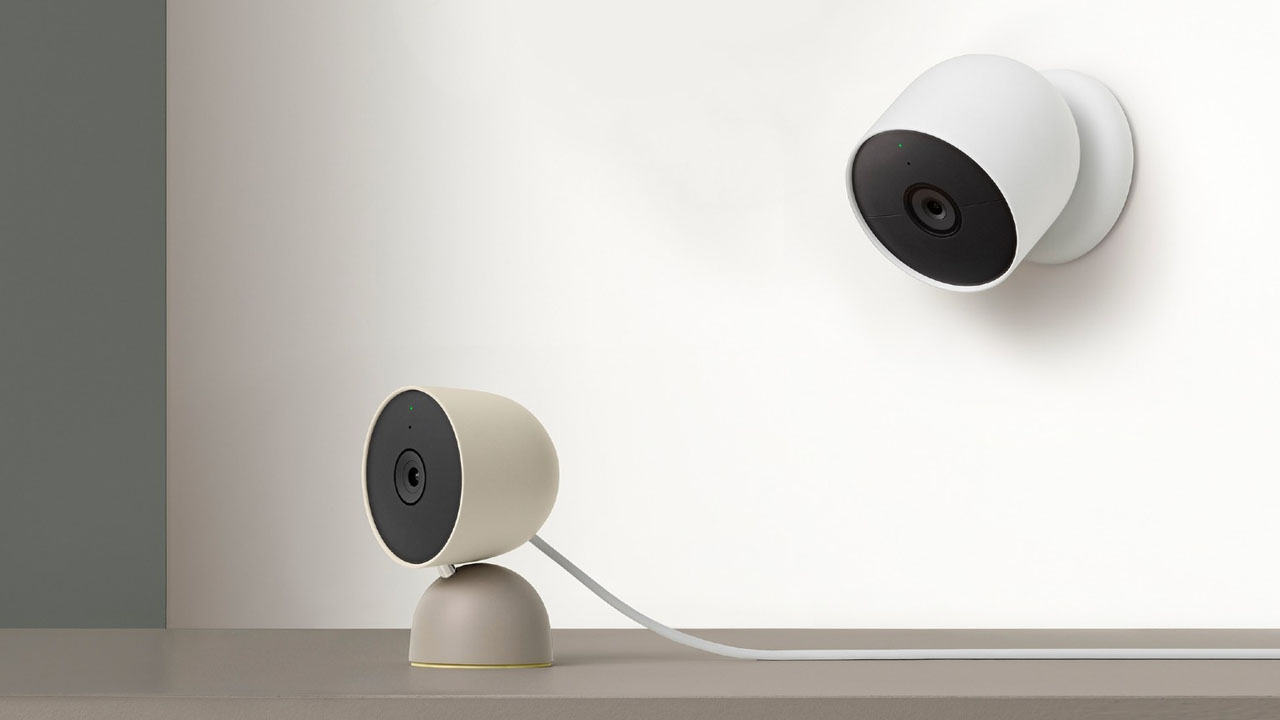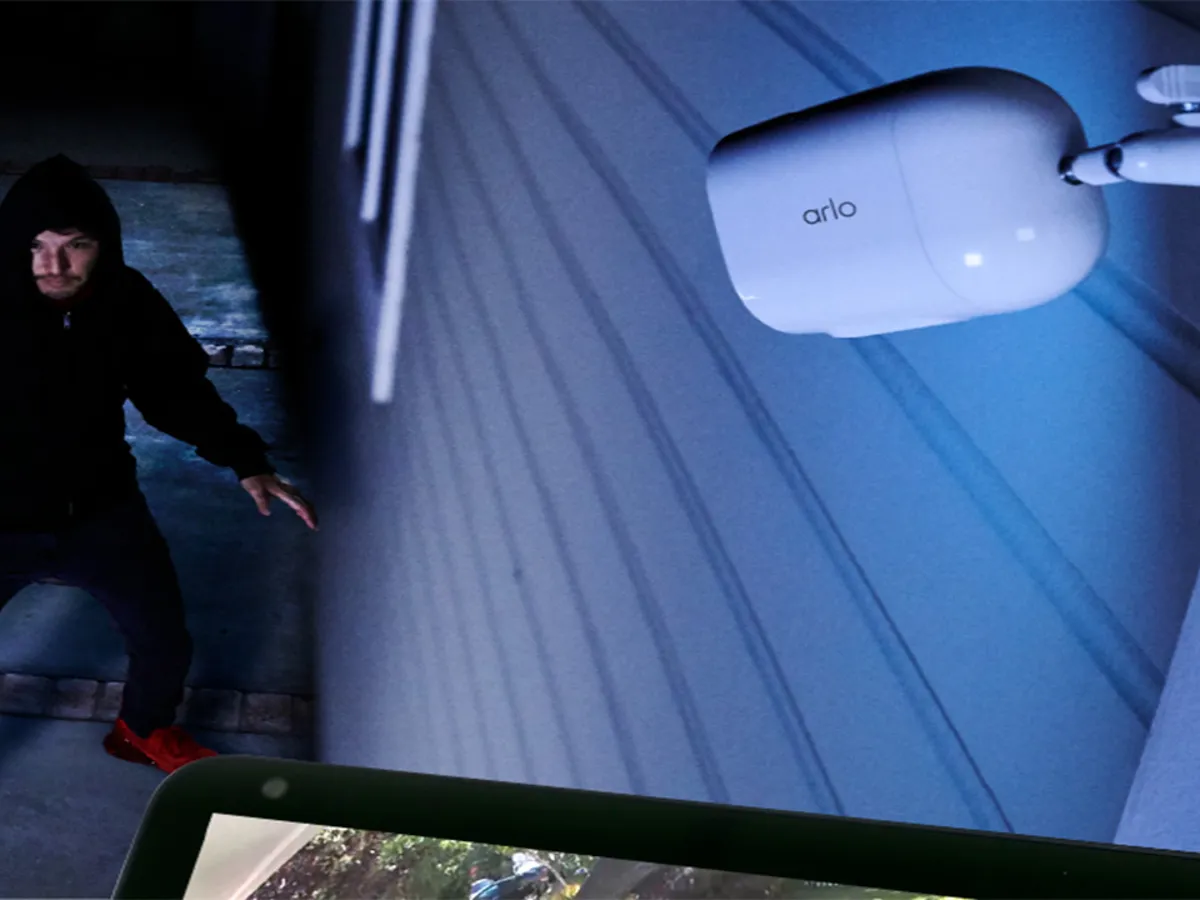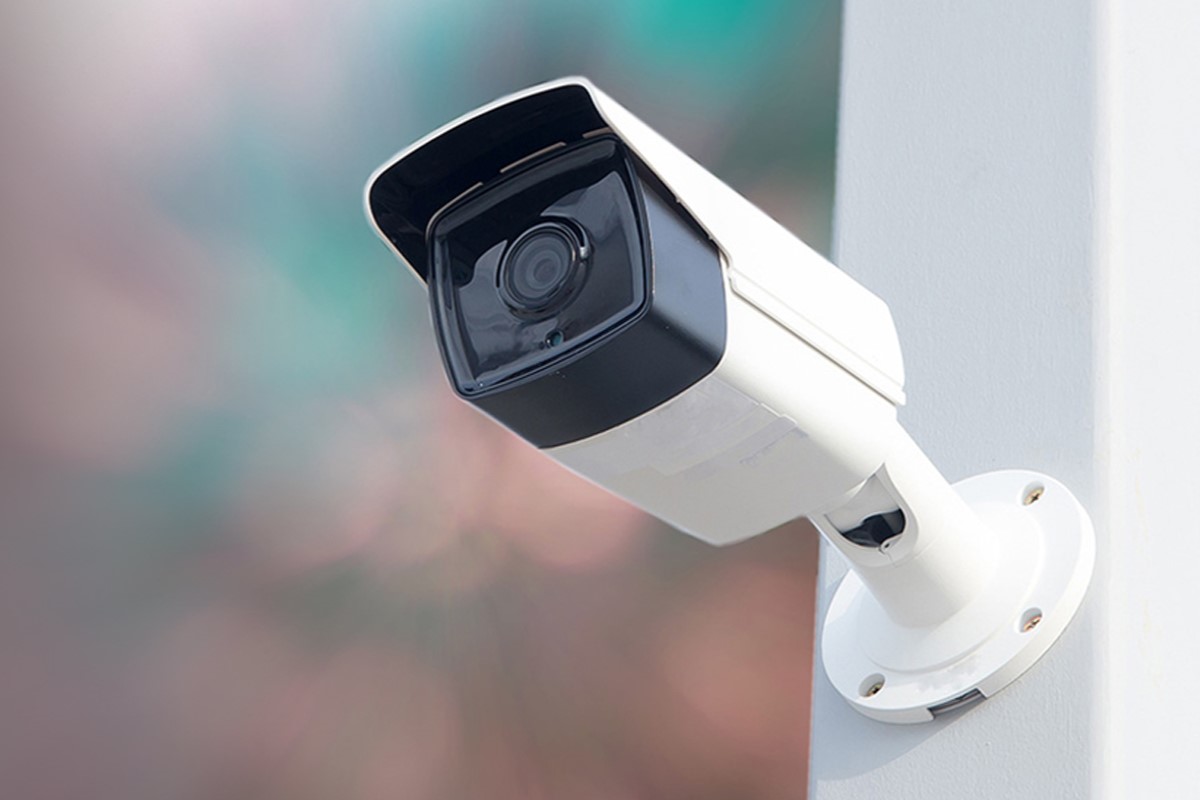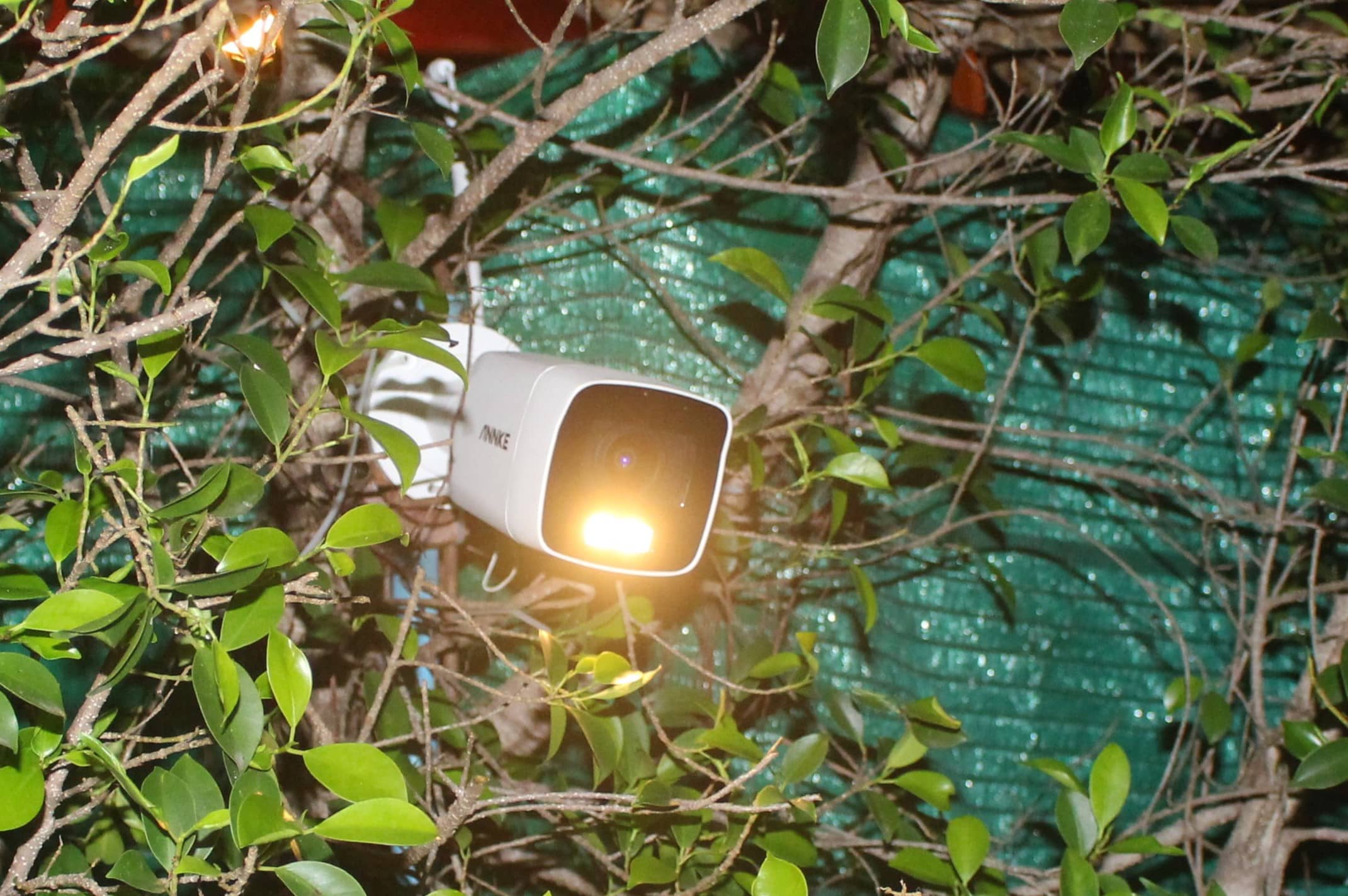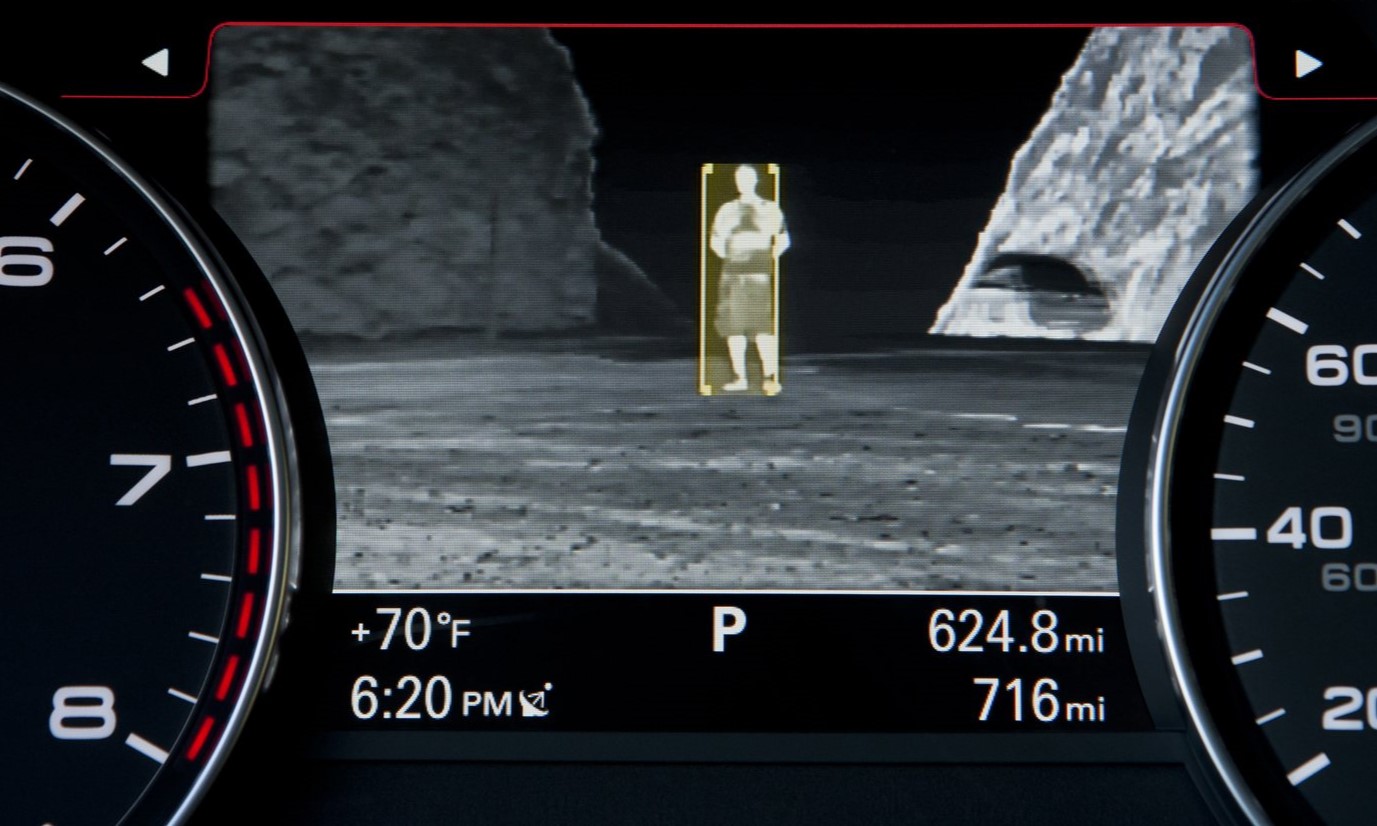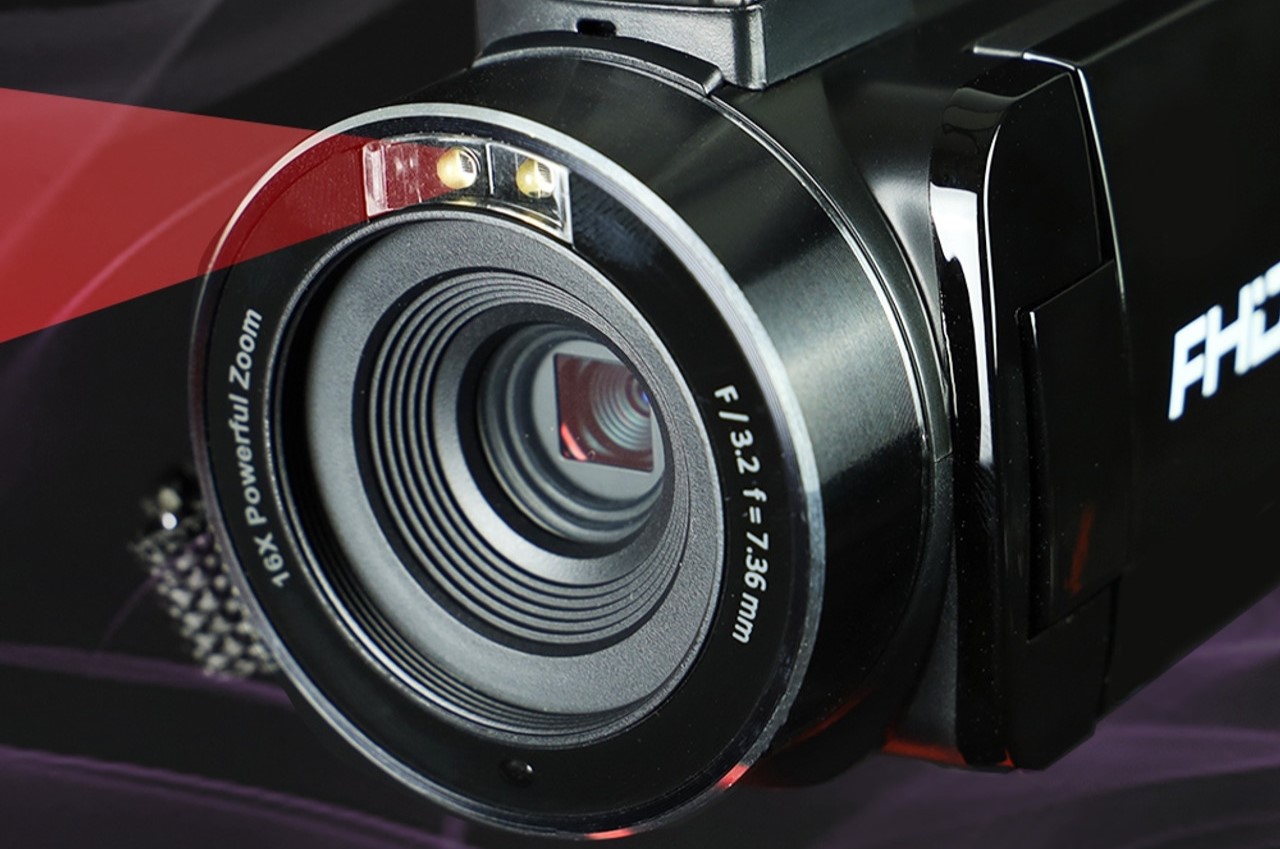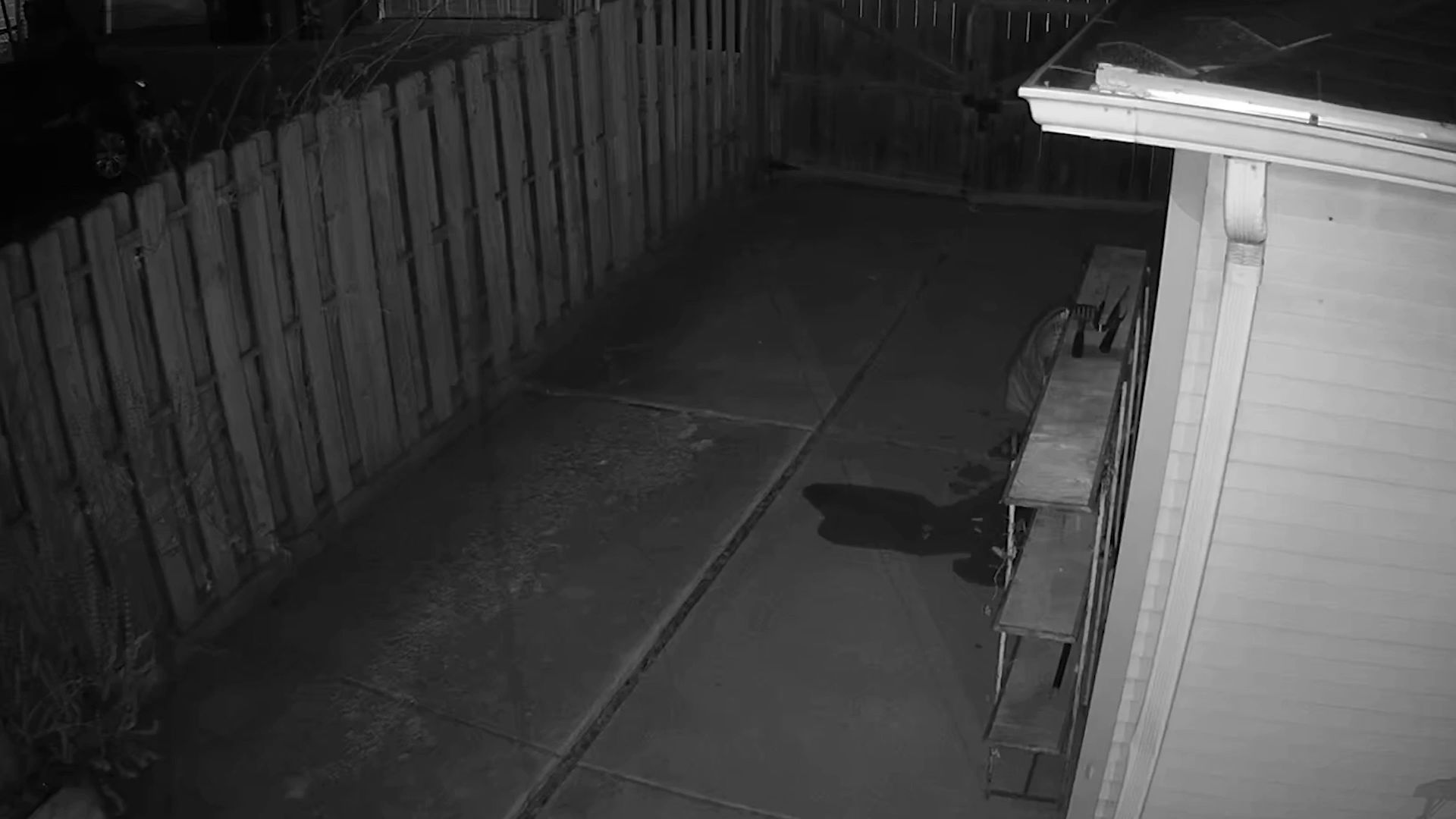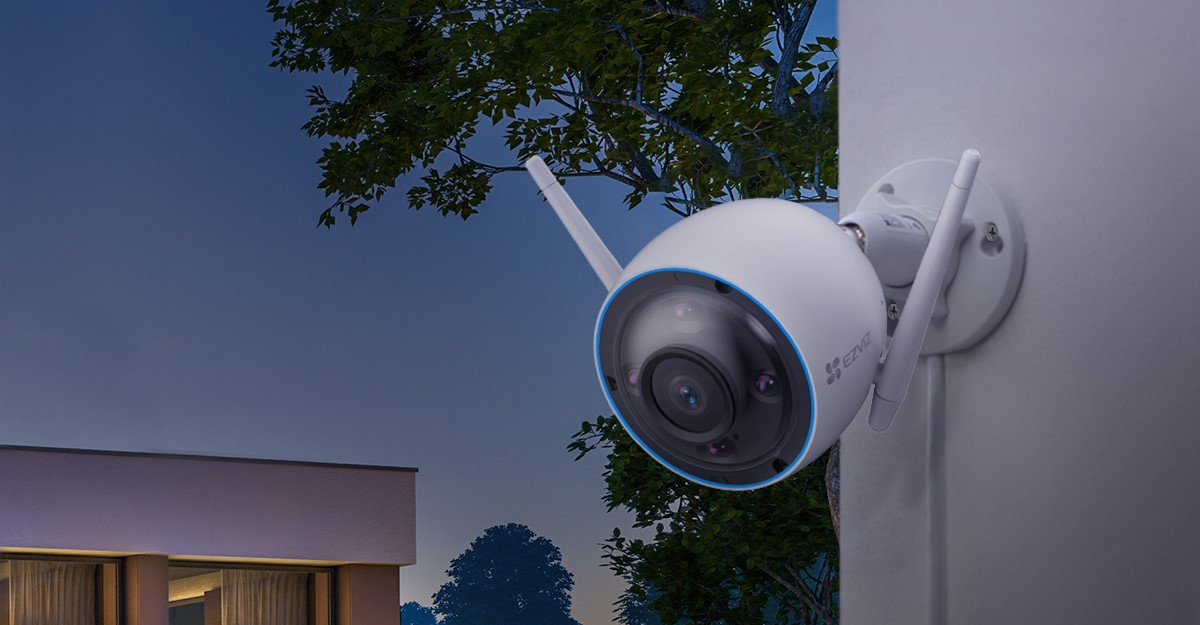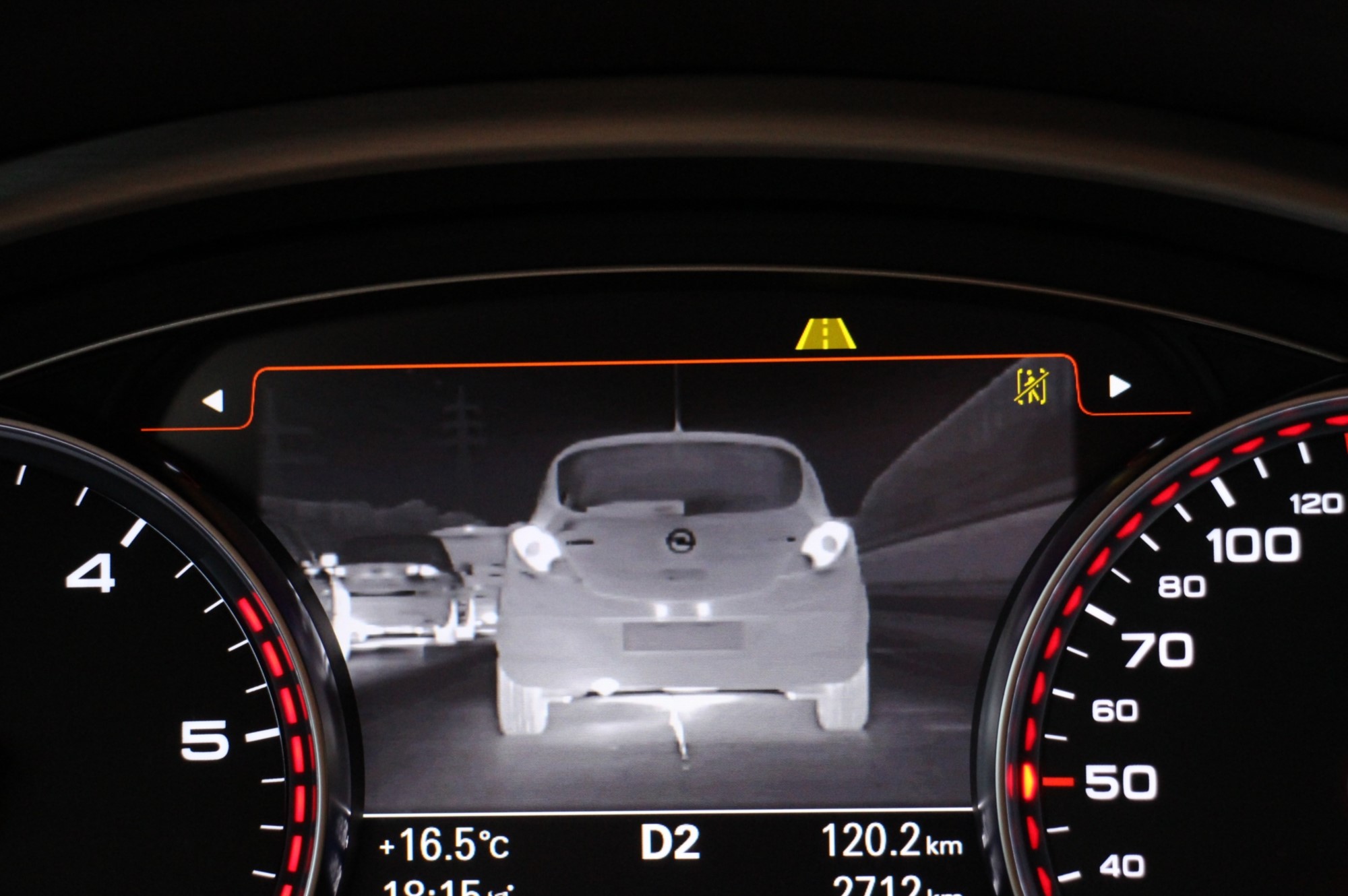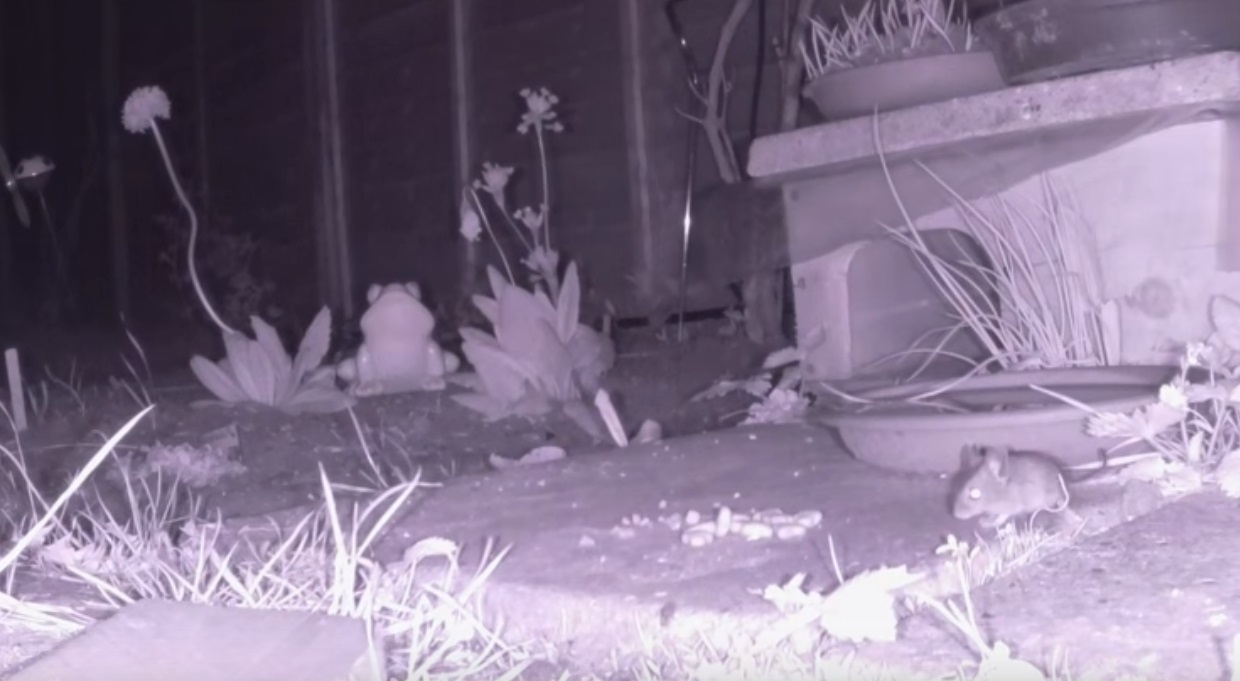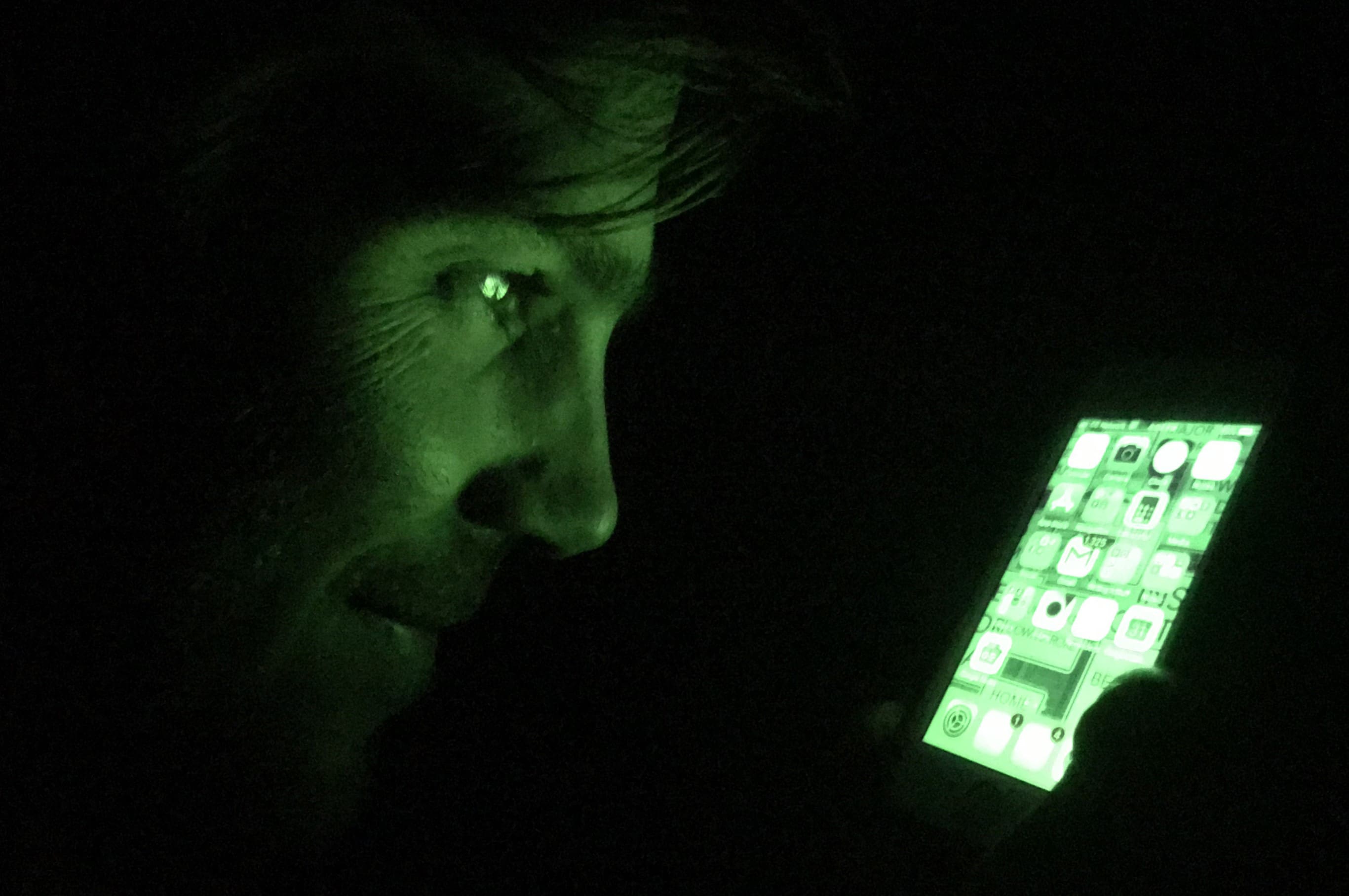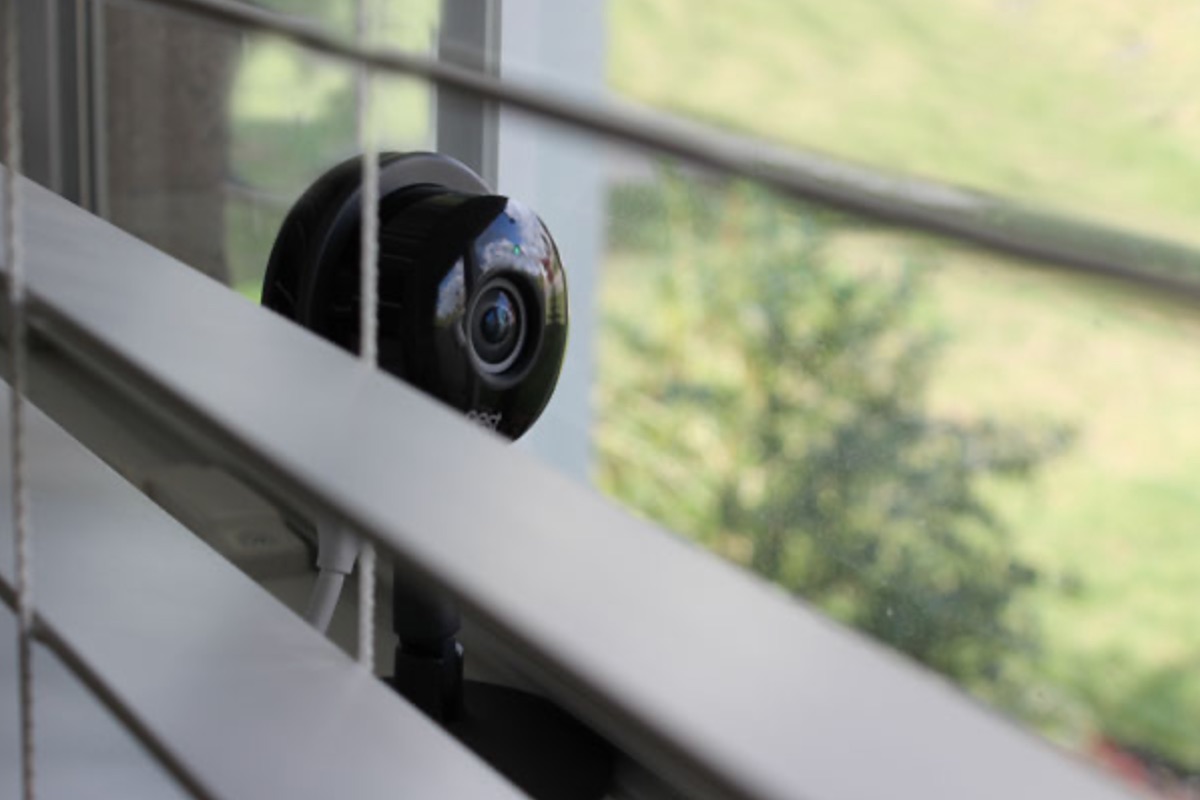Home>Home Security and Surveillance>How To Make A Night Vision Camera Capture Color
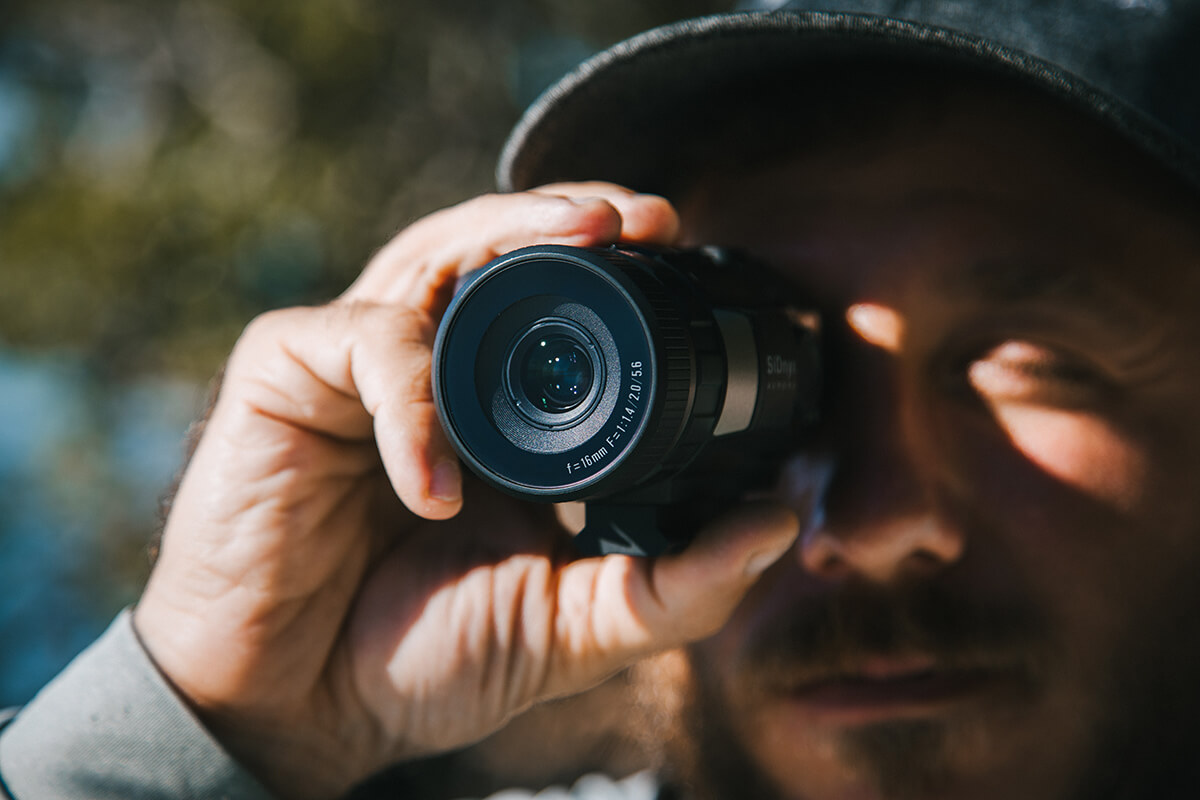

Home Security and Surveillance
How To Make A Night Vision Camera Capture Color
Modified: March 7, 2024
Learn how to enhance your home security and surveillance with a night vision camera that captures full-color images, ensuring superior visibility in any lighting conditions.
(Many of the links in this article redirect to a specific reviewed product. Your purchase of these products through affiliate links helps to generate commission for Storables.com, at no extra cost. Learn more)
Introduction
Welcome to the world of home security and surveillance systems, where the innovation of night vision cameras has revolutionized how we monitor and protect our properties. Having the ability to capture clear images and videos in low light or complete darkness has become a crucial aspect of any comprehensive security setup. However, one common challenge that arises with night vision cameras is the ability to capture color accurately.
While most night vision cameras excel in providing high-quality black and white imagery, capturing color in low light conditions can be quite challenging. This is due to the technology and limitations of the infrared sensors used in these cameras. However, fear not, as there are techniques and methods that can help you make your night vision camera capture color without compromising on image quality.
In this article, we will dive into the intricacies of night vision cameras and explore the challenges faced when it comes to capturing color. We will also discuss the various factors that affect color capture in night vision cameras. Furthermore, we will explore different techniques and methods that can be used to make a night vision camera capture color accurately. So, let’s delve into the world of home security and surveillance and unlock the secrets of capturing color with night vision cameras.
Key Takeaways:
- Enhance night vision camera color capture by using external infrared light sources, modifying image sensors, or implementing image processing algorithms. Each method has unique benefits and considerations for improving color accuracy in low light conditions.
- Consider combining techniques to optimize color capture in night vision cameras, providing more vibrant and accurate color images for enhanced home security and surveillance. Stay updated on advancements in night vision camera capabilities for improved performance.
Read more: How To Make A Night Vision Camera
Understanding Night Vision Cameras
Night vision cameras are a type of surveillance camera designed to capture images and videos in low light or complete darkness. They achieve this by utilizing various technologies that enable them to detect and amplify available light or emit their own invisible infrared light and capture the reflections.
These cameras use specialized image sensors called infrared (IR) sensors or sensors with IR-cut filters. The sensors are sensitive to infrared light, which is a type of electromagnetic radiation with wavelengths longer than those of visible light.
Night vision cameras primarily rely on two types of technology to capture images in low light conditions:
- Light amplification: The camera detects the existing ambient light, such as moonlight or streetlights, and amplifies it to produce a visible image. This technology is commonly found in low-light image intensifiers.
- Infrared illumination: Infrared (IR) LEDs or lasers emit invisible infrared light, which is reflected off objects in the camera’s field of view. The camera sensor then captures this reflected light to produce an image. This technology is used in most night vision security cameras.
By utilizing these technologies, night vision cameras are able to provide clear and detailed images even in complete darkness. However, capturing color accurately with night vision cameras remains a challenge due to several factors.
Next, let’s explore the challenges faced when it comes to capturing color with night vision cameras.
Challenges of Capturing Color with Night Vision Cameras
When it comes to capturing color with night vision cameras, several challenges arise due to the limitations of the technology involved. The primary challenge stems from the fact that night vision cameras primarily rely on infrared light to capture images in low light conditions.
The human eye perceives color by detecting different wavelengths of light. Infrared light, however, falls outside the visible spectrum for humans, making it invisible to our eyes. This means that even if a night vision camera is capturing color information, we cannot perceive it without additional processing or conversion.
Furthermore, the use of infrared light in night vision cameras can cause a shift in color perception. Infrared light tends to skew colors towards the gray or monochromatic end of the spectrum. This can result in a loss of color fidelity and accuracy in the captured images.
Another challenge is that not all night vision cameras are equipped with the capability to capture color. Many lower-cost or older models may only provide black and white imagery in low light conditions. This limitation can be attributed to the cost and complexity involved in integrating color capture technology into the camera’s design.
Additionally, capturing color accurately in low light conditions requires higher sensitivity and precision from the camera’s image sensor. Achieving this level of sensitivity and precision while maintaining image quality can be a technical challenge for manufacturers.
Despite these challenges, there are techniques and methods that can be implemented to overcome these limitations and make a night vision camera capture color with greater fidelity and accuracy. In the following sections, we will explore some of these techniques and methods.
Factors Affecting Color Capture in Night Vision Cameras
Several factors come into play when it comes to capturing color accurately with night vision cameras. Understanding these factors can help in finding effective solutions to improve color capture. Here are some key factors that influence the color capture in night vision cameras:
- Infrared (IR) Illumination: The type and intensity of the infrared light used in night vision cameras can impact color capture. Different IR lighting sources may emit varying spectra of infrared light, which can result in different color renditions. Additionally, the distance between the camera and the subject affects the amount of infrared light captured, which in turn can affect color accuracy.
- Sensor Quality: The quality and sensitivity of the camera’s image sensor play a crucial role in capturing color accurately. Higher-quality sensors are designed to capture more precise color information, even in low light conditions. Look for cameras with sensors that have a wider dynamic range and better low light performance for improved color capture.
- White Balance: White balance is a crucial parameter in color reproduction. It ensures that different colors appear accurate and natural in the captured images. Night vision cameras should provide options for adjusting and calibrating white balance settings to achieve true-to-life colors.
- Interference: Ambient lighting, such as nearby streetlights or other sources of visible light, can interfere with the infrared illumination and affect color capture. The presence of bright lights can distort color accuracy or introduce color casts in the captured images. Proper positioning and shielding of the camera can help minimize such interference.
- Image Processing: Image processing algorithms play a vital role in color capture. These algorithms can enhance color accuracy by compensating for the limitations of infrared light technology and optimizing color reproduction. Advanced cameras may include features like adaptive color enhancement and noise reduction to improve color capture in low light conditions.
By considering these factors and choosing a night vision camera that addresses these challenges effectively, you can enhance the color capture capabilities and achieve more accurate and vibrant color images and videos.
Techniques to Make a Night Vision Camera Capture Color
To overcome the challenges of capturing color with night vision cameras, several techniques and methods can be employed. These techniques aim to enhance the color capture capabilities of the camera and produce more accurate and vibrant color images. Here are three effective techniques to consider:
- Using an External Infrared Light Source: One approach to capture color with a night vision camera is to supplement the existing infrared illumination with an external infrared light source. This additional light source can provide a broader spectrum of infrared light, which allows the camera to capture a wider range of colors. By combining the external infrared light with the camera’s built-in infrared illumination, you can achieve improved color capture in low light conditions.
- Modifying the Camera’s Image Sensor: Another technique involves modifying the camera’s image sensor to enhance its color capture capabilities. This modification can be done by removing or adjusting the IR-cut filter typically present in many night vision cameras. The IR-cut filter is designed to block infrared light and improve image clarity. However, by modifying or removing it, the camera becomes more sensitive to infrared light, allowing for better color reproduction in low light conditions. It is important to note that modifying the camera’s image sensor requires technical expertise and should be done with caution.
- Implementing Image Processing Algorithms: Image processing algorithms can significantly improve color capture in night vision cameras. These algorithms analyze the captured image data and apply corrections and enhancements to optimize color reproduction. They can compensate for the limitations of infrared illumination and improve color accuracy, contrast, and saturation. Advanced image processing algorithms can also reduce noise and eliminate color artifacts, resulting in high-quality color images. Look for cameras equipped with advanced image processing capabilities to maximize color capture in low light conditions.
It is important to note that the effectiveness of these techniques may vary depending on the specific camera model and its capabilities. Consider consulting with a professional or conducting thorough research before implementing any modifications or external enhancements to your night vision camera.
Now, let’s compare the effectiveness of these different techniques in capturing color with night vision cameras.
To make a night vision camera capture color, you can add an infrared filter to the camera lens. This will allow the camera to capture both infrared light for night vision and visible light for color.
Method 1: Using an External Infrared Light Source
One effective method to make a night vision camera capture color is by using an external infrared light source in addition to the camera’s built-in infrared illumination. This technique enhances the camera’s ability to capture a wider range of colors in low light conditions.
An external infrared light source, such as infrared LED panels or IR floodlights, can provide a broader spectrum of infrared light. This additional light supplements the camera’s built-in infrared illumination and allows for better color reproduction.
When using an external infrared light source, it is important to consider factors such as the intensity and coverage of the light. Different cameras have varying sensitivity to different wavelengths of infrared light, so it’s essential to choose an external light source that complements the camera’s capabilities.
The positioning of the external infrared light source is also crucial. Placing the light source strategically can help ensure even illumination across the scene and minimize the risk of hotspots or overexposure. Experimenting with different positions and angles can help achieve optimal results.
By combining the camera’s built-in infrared illumination with an external infrared light source, the night vision camera can capture a wider range of colors. This technique can result in more vibrant and accurate color images and videos, even in low light or complete darkness.
However, it is important to note that the use of an external infrared light source may have limitations. The effectiveness of this method depends on factors such as the quality of the light source, its compatibility with the camera, and the specific lighting conditions of the environment.
Overall, using an external infrared light source is a practical and accessible method to enhance color capture in night vision cameras. It is a viable option for those seeking to improve the color accuracy of their surveillance footage and achieve more detailed and vibrant images in low light conditions.
Now, let’s explore another method that can be utilized to make a night vision camera capture color – modifying the camera’s image sensor.
Method 2: Modifying the Camera’s Image Sensor
Modifying the camera’s image sensor is another technique that can be used to make a night vision camera capture color more effectively in low light conditions. This method involves adjusting or removing the IR-cut filter present in many night vision cameras.
The IR-cut filter is a component of the camera’s image sensor that blocks infrared light from reaching the sensor while allowing visible light to pass through. This filter is designed to improve image clarity by reducing the impact of infrared light on the captured images. However, this also limits the camera’s ability to accurately capture color in low light conditions.
By modifying or removing the IR-cut filter, the camera becomes more sensitive to infrared light, allowing for better color reproduction. This adjustment enables the camera to capture a wider range of colors in low light conditions, resulting in more accurate and vibrant color images.
It is essential to note that modifying the camera’s image sensor, especially removing the IR-cut filter, should be approached with caution and technical expertise. This process requires disassembling the camera and potentially voiding its warranty. It is advisable to consult a professional or seek guidance from the camera manufacturer before attempting any modifications.
Additionally, keep in mind that modifying the camera’s image sensor may have implications for capturing images in well-lit environments. Without the IR-cut filter, the camera may be more sensitive to infrared light even in normal lighting conditions, potentially affecting the color accuracy of those images.
Overall, modifying the camera’s image sensor can be a viable method to enhance color capture in a night vision camera. By removing or adjusting the IR-cut filter, the camera can capture a wider range of colors, resulting in improved color reproduction in low light conditions. However, it is crucial to consider the potential consequences and seek professional guidance before attempting any modifications.
Now, let’s move on to the third method – implementing image processing algorithms to optimize color capture in night vision cameras.
Method 3: Implementing Image Processing Algorithms
Implementing image processing algorithms is a powerful method to improve color capture in night vision cameras. These algorithms analyze the captured image data and make adjustments to optimize color reproduction, contrast, and saturation.
Image processing algorithms for night vision cameras can compensate for the limitations of infrared illumination and enhance color accuracy. They can adjust color balance, correct for color shifts caused by infrared lighting, and improve overall color fidelity.
One common technique used in image processing is adaptive color enhancement. This technique analyzes the image and selectively enhances the colors based on their intensity and saturation. By intelligently boosting the colors that need enhancement, this algorithm can create more vibrant and accurate color images in low light conditions.
Another important aspect of image processing in night vision cameras is noise reduction. Low light conditions can introduce noise and graininess in the images, which can deteriorate color accuracy. Applying noise reduction algorithms can help suppress the noise and preserve the fine details, resulting in cleaner and more visually pleasing color images.
Additionally, advanced image processing algorithms can eliminate color artifacts and compensate for any color casts introduced by external light sources or interference. These algorithms analyze the image data, identify and correct any color inconsistencies, ensuring the captured colors are as accurate as possible.
It’s important to note that the effectiveness of image processing algorithms can vary depending on the camera’s capabilities and the specific algorithm used. Higher-quality night vision cameras may have more advanced image processing features, providing superior color capture and enhancement.
When choosing a night vision camera, consider the available image processing features and the flexibility to customize and fine-tune the color settings. Look for cameras that offer adjustable white balance, color correction options, and noise reduction capabilities.
By implementing image processing algorithms tailored for night vision cameras, you can significantly improve color capture in low light conditions. These algorithms provide methods to compensate for the limitations of infrared illumination and enhance color accuracy, resulting in more vibrant and true-to-life color images.
Now that we have explored the three techniques for making a night vision camera capture color, let’s compare their effectiveness and conclude our discussion.
Comparing the Effectiveness of Different Methods
When it comes to making a night vision camera capture color, each of the discussed methods – using an external infrared light source, modifying the camera’s image sensor, and implementing image processing algorithms – offers its own unique benefits and considerations. Let’s compare their effectiveness to help you choose the most suitable approach for your specific needs.
Using an External Infrared Light Source: This method is relatively accessible and can be effective in enhancing color capture. By supplementing the camera’s built-in infrared illumination with an external light source, you can expand the spectrum of infrared light, resulting in improved color reproduction. However, the effectiveness may depend on the quality and compatibility of the light source, as well as the specific lighting conditions. Additionally, it is crucial to position the light source strategically to achieve even illumination and minimize interference.
Modifying the Camera’s Image Sensor: Modifying the camera’s image sensor can be a powerful technique to enhance color capture. By removing or adjusting the IR-cut filter, the camera becomes more sensitive to infrared light and can capture a wider range of colors. However, this method requires technical expertise, and improper modification can have implications for capturing images in well-lit environments. It is essential to consider the potential consequences and seek professional guidance before attempting any modifications.
Implementing Image Processing Algorithms: This technique offers versatility and convenience as it does not require external modifications. Image processing algorithms can compensate for the limitations of infrared illumination, enhance color accuracy, reduce noise, and correct color shifts and artifacts. The effectiveness of image processing depends on the quality of the algorithms integrated into the camera and the flexibility to customize color settings. Advanced cameras with robust image processing capabilities can provide superior color capture and enhancement.
It is important to note that the effectiveness of these methods may vary depending on several factors, including the specific camera model, lighting conditions, and desired color accuracy. It is advisable to thoroughly research and consider the capabilities and limitations of your night vision camera before deciding on the most suitable method.
Furthermore, it’s worth mentioning that a combination of these methods may provide the most optimal results. For instance, using an external infrared light source in conjunction with image processing algorithms can further enhance color capture and deliver more vibrant and accurate color images in low light conditions.
Ultimately, the choice of method depends on your specific requirements, technical expertise, and budget. Regardless of the method selected, improving color capture in night vision cameras can enhance the overall surveillance experience and provide more detailed and informative footage.
Now, let’s conclude our discussion on capturing color with night vision cameras.
Read more: What Makes A Great Night Vision Camera
Conclusion
Night vision cameras have become an integral part of home security and surveillance systems, allowing us to monitor our properties even in low light or complete darkness. However, capturing color accurately with night vision cameras has its challenges due to the technology and limitations of infrared sensors. Nevertheless, there are techniques and methods that can help make a night vision camera capture color more effectively.
In this article, we explored the challenges of capturing color with night vision cameras and identified the factors that influence color capture. We discussed three main techniques to improve color capture:
Using an external infrared light source enhances color reproduction by supplementing the camera’s built-in infrared illumination with a broader spectrum of infrared light. This method can result in more vibrant and accurate color images, but its effectiveness depends on factors like the light source quality and positioning.
Modifying the camera’s image sensor involves adjusting or removing the IR-cut filter, allowing the camera to capture a wider range of colors. This technique can significantly enhance color capture but should be undertaken with caution, as it requires technical expertise and may affect capturing images in well-lit environments.
Implementing image processing algorithms is a powerful and versatile method that can optimize color capture without physical modifications. These algorithms can compensate for the limitations of infrared illumination, enhance color accuracy, reduce noise, and correct color shifts and artifacts. Advanced cameras with robust image processing capabilities offer superior color capture and enhancement.
Each method has its own benefits and considerations, and the choice depends on factors such as budget, technical expertise, and specific requirements. In some cases, a combination of these techniques may provide the best results, further enhancing color capture.
Improving color capture in night vision cameras enhances the quality and usability of surveillance footage, providing more detailed and informative images. By considering the techniques discussed in this article, you can optimize color reproduction and achieve vibrant and accurate color images even in challenging low light conditions.
As technology continues to advance, we can expect further developments in night vision camera capabilities and color capture. Staying up to date with the latest innovations can help keep your security and surveillance systems at the forefront of performance and effectiveness.
In conclusion, capturing color with night vision cameras may present challenges, but with the right techniques and methods, you can enhance color capture and elevate your home security and surveillance experience.
Frequently Asked Questions about How To Make A Night Vision Camera Capture Color
Was this page helpful?
At Storables.com, we guarantee accurate and reliable information. Our content, validated by Expert Board Contributors, is crafted following stringent Editorial Policies. We're committed to providing you with well-researched, expert-backed insights for all your informational needs.
